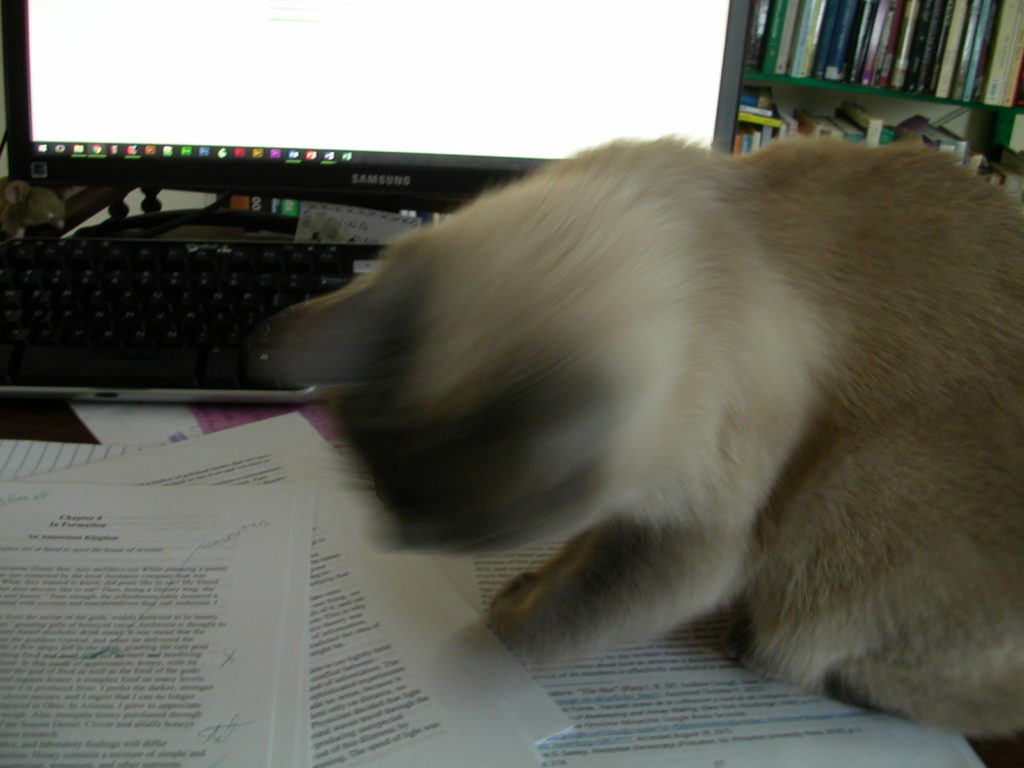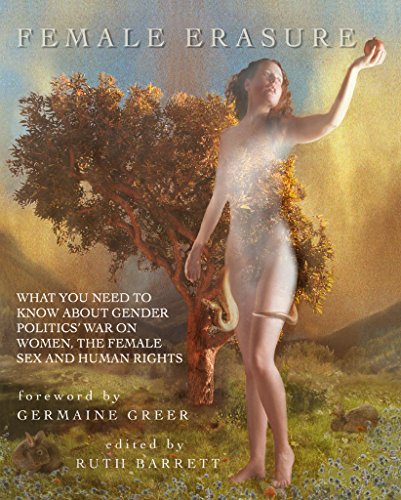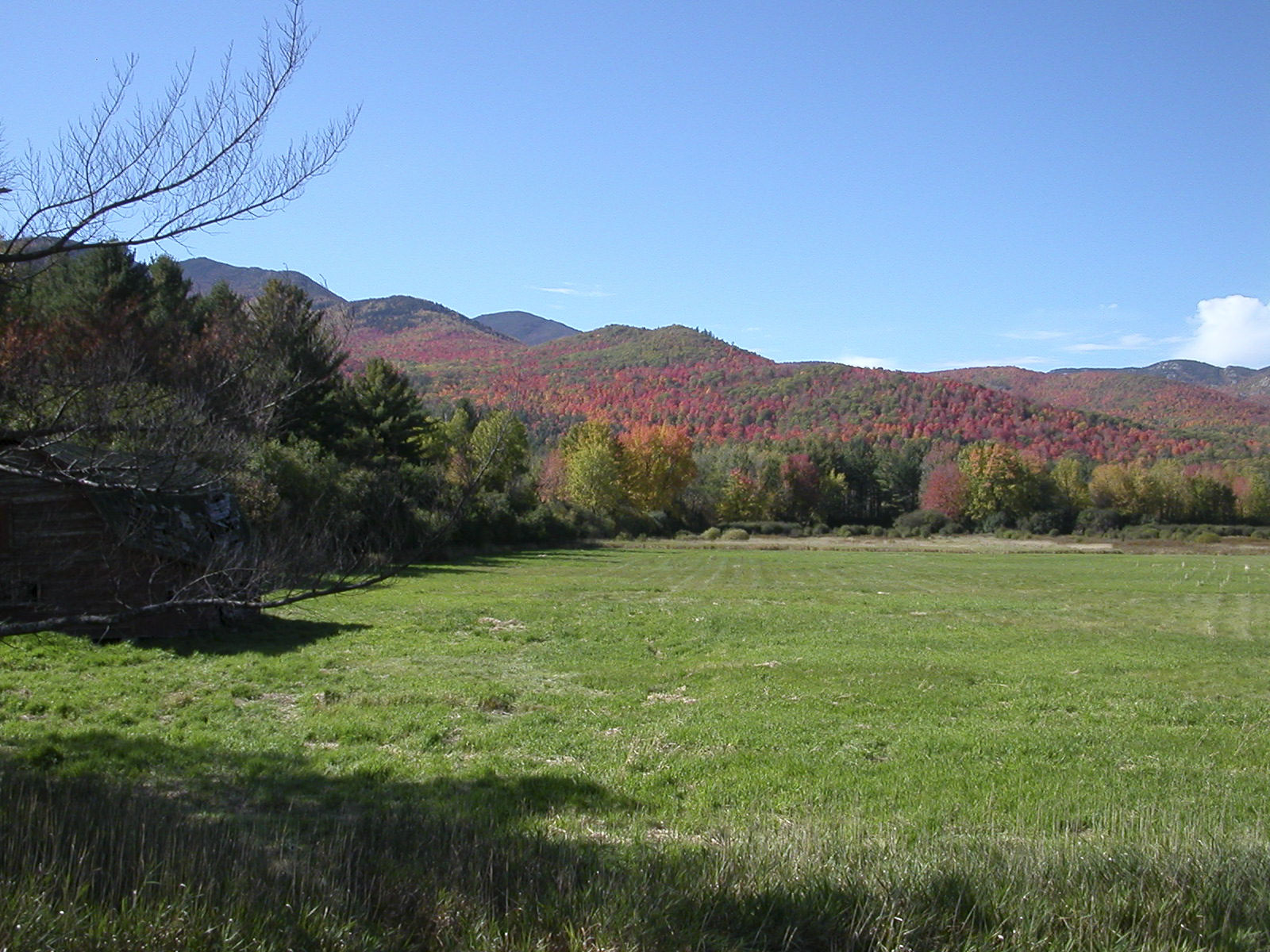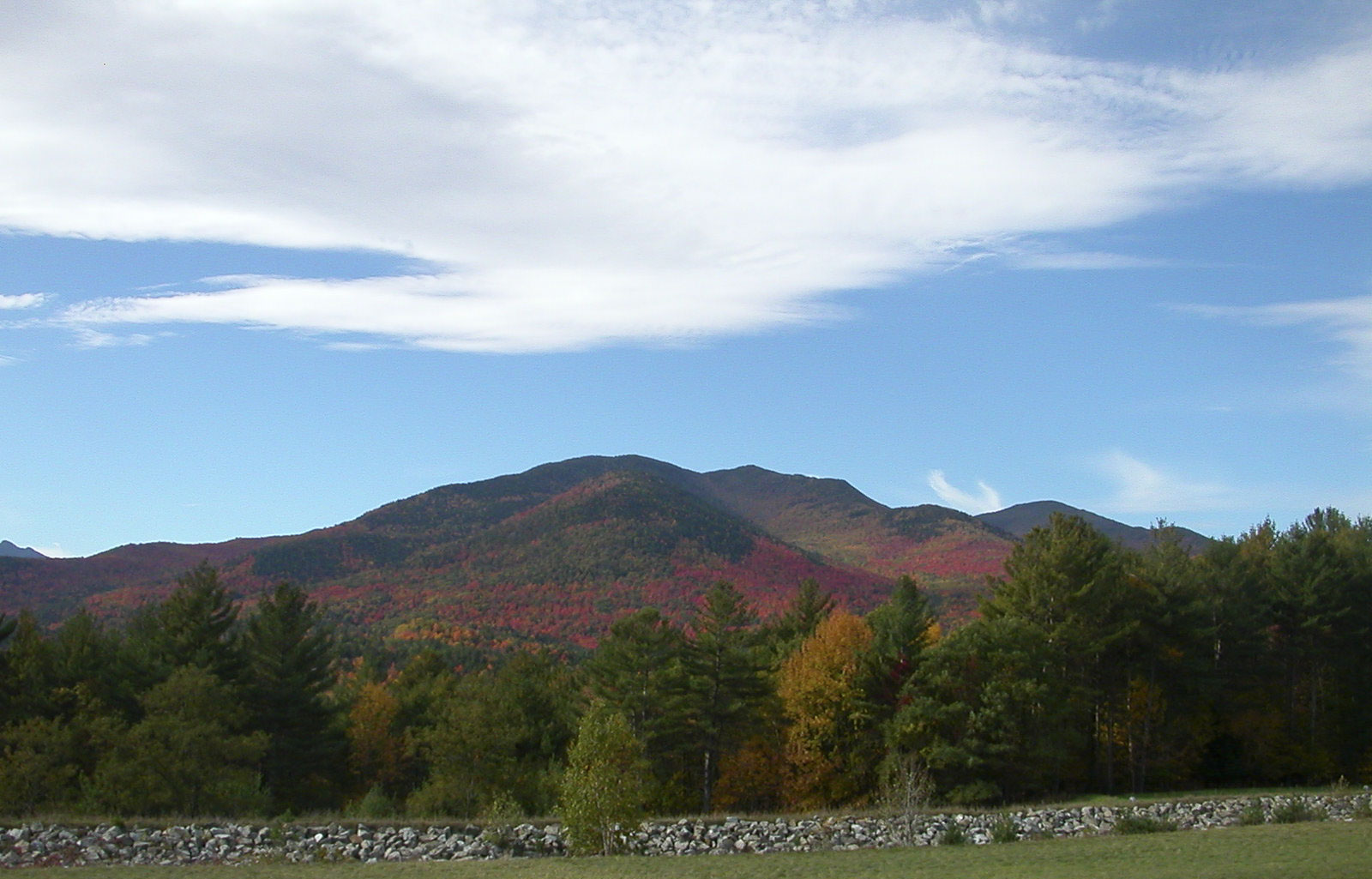No reviews either. I’m getting ready to submit the manuscript for my next book so I’m a bit distracted from blogs and blogging. I’ll let my cat Samhain handle the post this week. This picture was taken right after she threw my pen on the floor. Part of an international cat conspiracy to infiltrate the homes of writers and decrease the output of literature. Cats do not like books.
The Antler Wagon
December 2, 2016I’ve written a lot about deer, especially reindeer, this year. Here is a poem about the Saami reindeer sun goddess Beiwe.
She rides across heaven in antler wagon.
She rides across heaven in antler wagon.
Holding her daughter, she defines the day.
Holding her daughter, she defines the day.
She crosses antler heaven holding her daughter,
defining a day in the wagon ride.
Bring peace to hearts in the blackness.
Bring peace to hearts in the blackness.
Offer red blood of white reindeer.
Offer red blood of white reindeer.
In the heart of the blackness offer red blood.
White reindeer bring peace.
Bring light to wake forest in springtime.
Bring light to wake forest in springtime.
Make rings of birch branches.
Make rings of birch branches.
Birch forest light rings, bring branches, make
time wake the spring.
Her reindeer daughter brings heart. Her reindeer
antlers hold the light of day. In the
forest she wakes blood in birch. Time
branches, crosses heaven, makes
an offering. Black, red, white define
the wagon ride. Peace.

Censorship is Global*
November 25, 2016
I don’t know how many of my readers are aware of the banning of a feminist from New Zealand from the Wellington Zinefest for her political beliefs.** Renee Gerlich had her registration refunded and was asked not to participate in the festival after organizers became aware of her peaceful activities protesting the sex industry through art and an article on her blog criticizing the medical transitioning of children. She was told that “your presence at zinefest would jeopardise the safety of our queer and trans artists, people we have worked hard this year to protect and create a safe space for.” That the zines Gerlich planned to sell at her booth were themselves inoffensive to the organizers did not matter.
Banning somebody from purchasing a booth at a festival because you don’t like something they once wrote on their blog? Really?
This attitude recalls the disinvitation by the Norwegian government a few years ago of Janice Raymond, who was scheduled to present a paper on prostitution. She wrote a book over thirty years ago on a different topic that had become objectionable to trans activists. Granted, the New Zealand example is on a small scale, grassroots level, but this exemplifies how censorship of feminists is being waged across the liberal/left spectrum, perpetrated by both government officials and scruffy anarchists. It is a censorship project underway from the far north to the far south and everywhere in between.
The phrase “safe space” is fast becoming a code word for “censor and suppress free speech.” Donald Trump used the phrase, albeit loosely, a week ago in denouncing the cast of the play Hamilton for calling out Vice President-elect Michael Pence. “The theatre must always be a safe and special place,” Trump tweeted. It is only fitting that the so-called “safe” phraseology of censorship should be put to use by fascists since it embodies a fascist concept. The tools male supremacists on the left/liberal spectrum have in desperation pioneered to assert dominance over females within their movements will increasingly be put to extreme rightwing uses. Look for “inclusivity” to move beyond its current usage as a rationale for excluding radical feminists from the public discourse, and get ready for it to exclude those who threaten the “safe space” of white supremacists and Christian fundamentalists.
Since they monitor everybody’s blogs, I suppose I am never going to have a booth at the Wellington Zinefest. And as for the Norwegian government: don’t bother to invite me. I’m sure I also wrote something thirty years ago you wouldn’t like.
*Apologies to Robin Morgan; it just fit so well.
**Thanks to stop trans chauvinism for directing me to writing by renee.
Medusa in Art
November 18, 2016I’ve been looking at art work of the goddess Medusa lately, and I’ve been surprised at the amount and breadth of art that is available on this goddess. I was aware of a few much-reproduced classical images and also aware that Medusa is a popular subject among contemporary artists, but the scope of art involving Medusa was surprising even to me. Of course, the amount of historical art available under Creative Commons and Public Domain licenses is to some extent reflective of the popularity of the subject in the early 21st century. Still, there is far too much material to ascribe its availability solely to fashion and fad.
Medusa is the Greek goddess who turned everyone who looked upon her face to stone. She has been depicted and described as both unspeakably beautiful and horrifyingly ugly. Medusa is also referred to as “the Gorgon,” a woman with snakes growing out of her head like hair. Some classical writers insisted that there were two other Gorgons, sisters to Medusa and unlike her immortal. The hero Perseus took up the challenge of slaying Medusa, a task with logistical difficulties since he had to behead her without gazing upon her.
Artwork with Medusa as a theme can be divided into six categories: Greek archaic, classical Greece, Greco-Roman, Renaissance, Romantic, and postmodern (“postmodern” referring here to the time period from 1970 to the present, not to the political philosophy). Art depicting Medusa seems to be varied in all time periods, though the Perseus theme was popular in all periods up to the Romantic, so the following examples from each period are not representative.
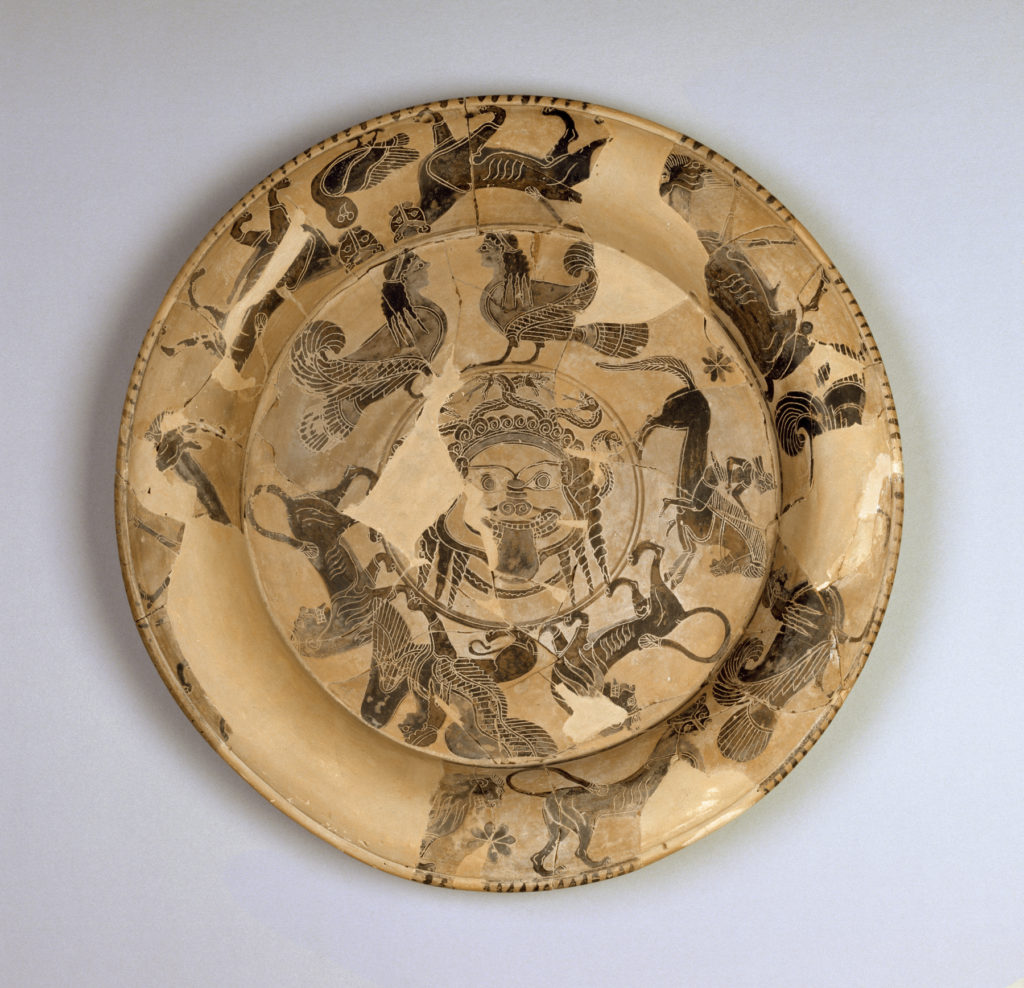

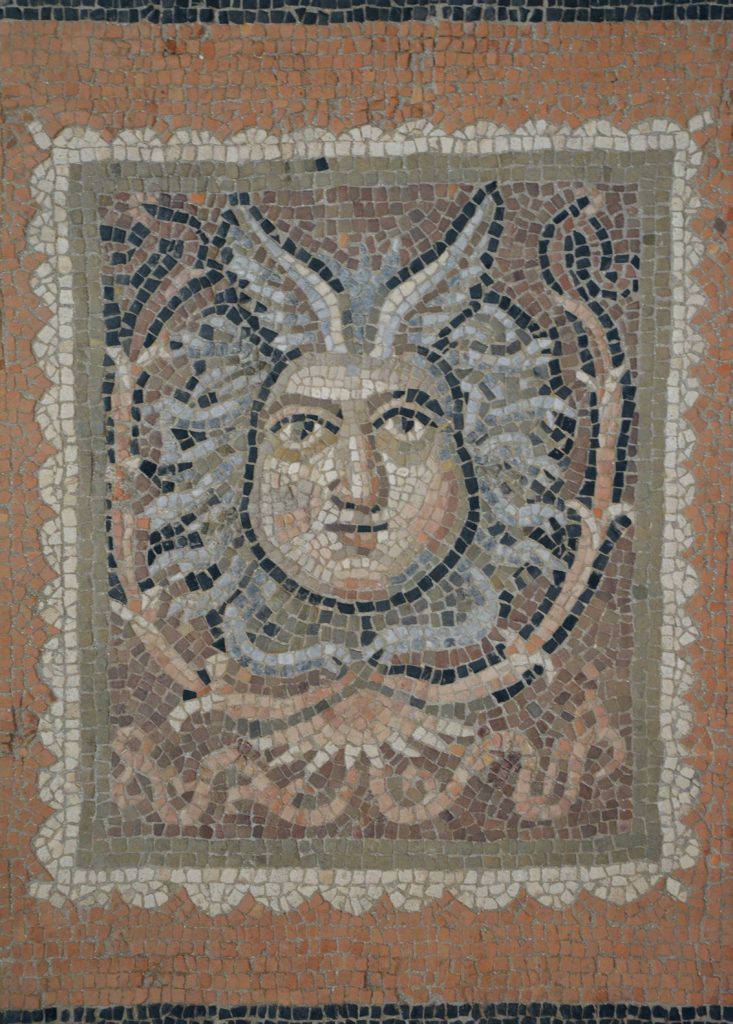
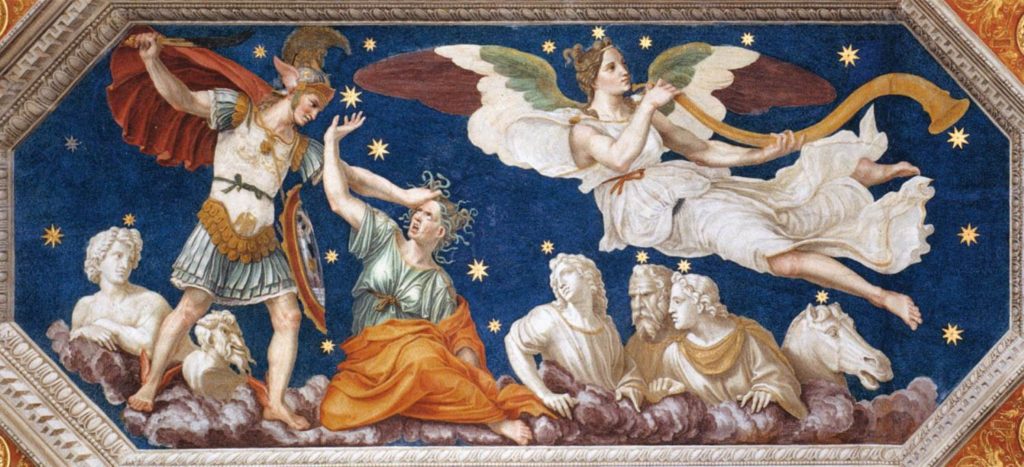


Review: Female Erasure
November 11, 2016Regular readers of this blog are aware of what I think about censorship. (I don’t like it, even if you think your views are correct.) When the forthcoming publication of Female Erasure was announced less than a year ago, an attempt was made to derail editor Ruth Barrett’s fundraising for the book through Indiegogo, thereby guaranteeing that I would order an advance copy and review the book. Barrett is a well-known Dianic priestess who has received a great deal of criticism, harassment, and no-platforming for her defense of born-women-only space.
I was impressed with the thickness of the book in this age of slim cost-conscious publishing. I read some feminist theory, and I have followed this issue closely for the past five years, so I had already read many of the excerpts in the volume. Still there were a lot of new articles here.
I think the crux of the issue of transgender rights clashing with the rights of females is described in the article by attorney Maya Dillard Smith, “Federal Court’s Denial of Obama’s Transgender Bathroom Directive A Win for Everyone.” Obama’s directive on transgender rights was made without the customary public input period for Federal rules, forcing agencies and citizens to comply without debate or comment. Dillard Smith is discussing this from a US Federal legal perspective, of course, but her insights apply to a variety of religous, social, educational, and legal situations. “Trans women are women; end of discussion,” transgender advocates have decreed in exactly those words, demanding public adoption of this belief with no examination of what it implies. The contributors to this anthology have disobeyed this injunction by exploring some uncomfortable implications of transgender advocacy for the rights of biological females.
Some of the issues covered in the book are transitioning of gay children, lesbian rights, reproductive issues, prisons, girls’ athletics, racial perspectives, and feminist political organizing. I found Carol Downer’s explanation of the philosophical underpinnings of transgender “queer” theory helpful, though dense and difficult as all queer theory tends to be. Many will be interested in Barrett’s “The Attack on Female Sovereign Space in Pagan Community.” Too many people think they understand this issue through oversimplified slogans about “inclusivity.” Barrett and many other writers here take the trouble to explain the history and background behind feminist positions.
Other contributors are lawyers, feminist theorists, journalists, medical professionals, activists, parents, and detransitioned adults. For people who think transgender issues are only about bathrooms, this book is required reading.
The Goddess in America is Out!
November 4, 2016The long-awaited Moon Books anthology, The Goddess in America, was released in the past week. I wrote the lead article for this volume, about the contributions of Native Americans to the Goddess Movement. There are also articles in the first section exploring Cherokee, Hopi, and Mayan perspective on female deity.
I was expecting something similar to Naming the Goddess here, but I was pleasantly surprised to see articles exploring the impact of The Goddess in a number of areas rather than a regional version of that anthology. Articles explore The Goddess in shamanistic, Christian, healing, archetypal, and Craft contexts. I was pleased to see an in-depth article on Voodoo and an article on Hebrew goddesses. Jhena Telyndru does justice to the issue of cultural appropriation by acknowledging the “rock and a hard place” that Americans without indigenous heritage face in pursuing a Goddess spiritual path, with some arguing that immigrants have already taken too much from Native peoples and others objecting to the idea of transplanting the worship of European deities from their sacred locale. I was prepared to take exception to Phoenix Love’s article on The Goddess and pop culture, but instead found a provocative exploration of how popular culture furthers as well as hinders a meaningful relationship with Goddess energy.
This anthology gives a lot in terms of variety, breadth, and surprising food for thought. There’s a lot of meat here, and if you think you already know the American Goddess Movement this book may surprise you.
Another Update From the Deep Woods
October 28, 2016Autumn colors have peaked and faded. It’s really such a short season. I now have snow-covered peaks to photograph and I will be sharing those with you in a few weeks.
Another thing that’s been happening for me, and really dominating my life, is that the house I’m living in is being repaired. A very good thing, but it’s requiring planning and adjustments on my part. We’re about two months into things, and of course the hard part is for those actually doing the work. The hard part for me is finding time to work. (I know, we should all have that problem.) I do my writing evenings and weekends, and during the week I clean, cook, and run errands, or just go for a long walk. Sometimes it rains or snows and I get a bonus day of work. It’s actually quite manageable, and it’s gratifying to see the repairs coming along. I have new windows! It looks like this will be going on for many more months, so the winter will be a time of adjustment. And maybe it will be a bit warmer inside this year.

